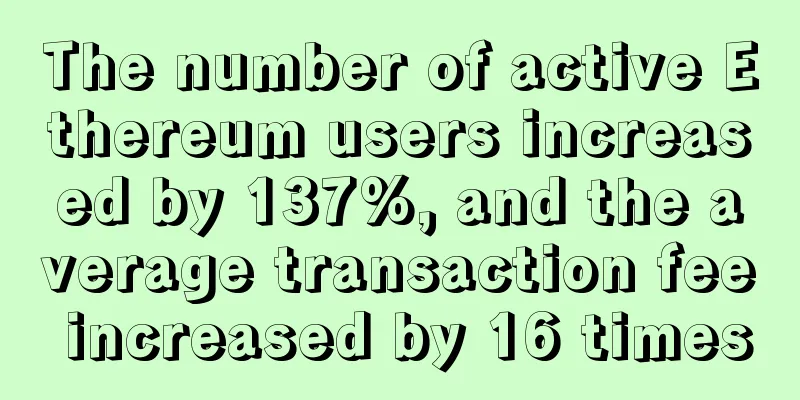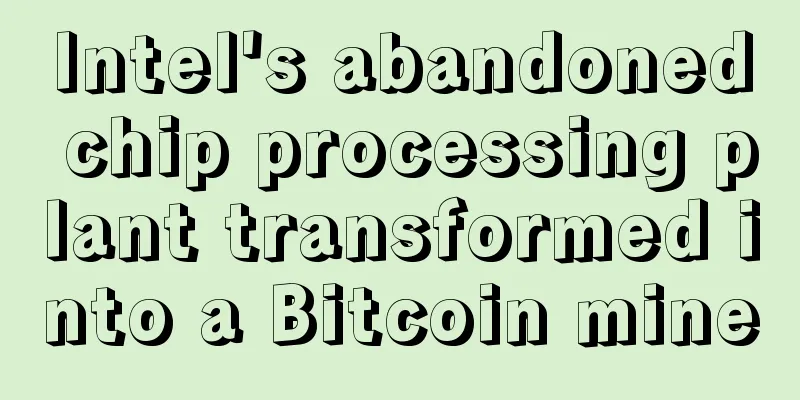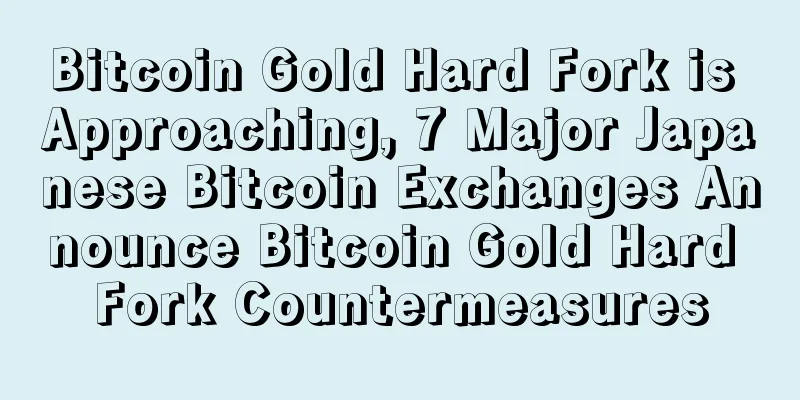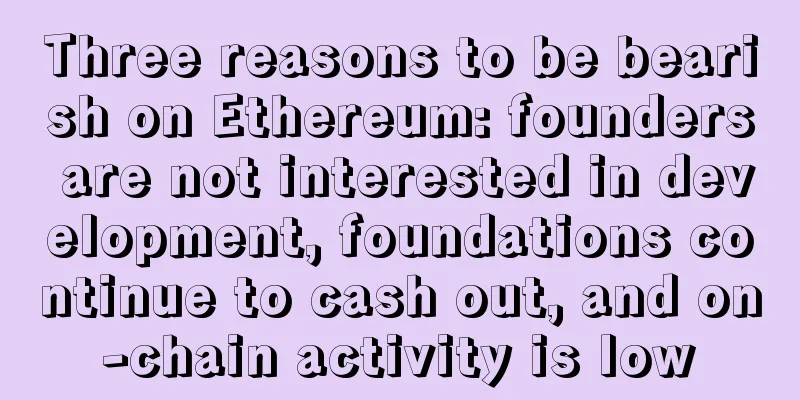The number of active Ethereum users increased by 137%, and the average transaction fee increased by 16 times

|
In 2020, Ethereum celebrates its fifth anniversary and once again becomes a hot topic. First, USDT "migrated" to Ethereum, various stablecoins continued to "print money", and then liquidity mining "exploded" DeFi, the total market value quadrupled this year, and the Ethereum 2.0 test was carried out smoothly, and the pledge rate was expected to be good... These substantial positive factors have made Ethereum the focus of market attention this year. According to CoinMetrics data, the price of ETH has exceeded $300, up more than 148% this year. In this prosperous market, what kind of ecological landscape does the Ethereum network present? PAData comprehensively analyzed the price of Ethereum, on-chain transaction data and mining data, in order to review the operation of Ethereum in the past seven months.
The number of users and transactions increased by more than 100%, and the network activity increased significantly.Whether from the perspective of currency prices in the secondary market or from the number of on-chain transactions and users, the activity of the Ethereum network has shown significant positive changes this year. According to CoinMetrics's corrected price data, ETH has risen from $130 at the beginning of the year to over $300 at present, with an overall increase of 148.62%. In addition, except for the period from mid-February to mid-March when ETH, like other major global assets, experienced significant fluctuations due to the impact of the "new crown" epidemic, the trend of ETH during the rest of the time was basically a unilateral upward trend, especially after mid-July, with a clear upward momentum. The increase from July 16 to July 27 alone reached 38.42%, and on August 2, Huobi Exchange even reached $415.78. The trend of the secondary market can also be found in Ethereum's on-chain data. According to Etherscan data, the number of daily transactions on Ethereum continued to rise moderately, from 466,500 at the beginning of the year to 1,261,500 recently, with an overall increase of 170.39%. It is worth noting that on June 16, the lending product Compound officially launched the governance token COMP, opening a new stage of DeFi liquidity mining, and the number of daily transactions in the Ethereum network exceeded 1 million. On June 16, the daily transaction volume of the entire network was about 904,900 transactions. About a week later, on June 22, the daily transaction volume of the entire network had reached 1,092,100 transactions, and has since basically stabilized at more than 1 million transactions. Moreover, this has significantly increased the average daily transaction volume of Ethereum this year. Before June 16, the average daily transaction volume of the entire network was about 737,900 transactions. After June 16, the average daily transaction volume of the entire network reached 1,053,000 transactions, an increase of 42.70% from before. Judging from the number of active addresses on the chain, the number of daily active addresses on Ethereum has increased from 231,800 at the beginning of the year to 551,500 recently. The overall increase is about 137.93%, which is equivalent to an average daily increase of 1,537 addresses. Since July, as the ETH market has performed well, the number of daily active addresses on the chain has basically remained above 500,000, while this level of user activity was only reached for 6 days previously. Gas Fees Increase 16 Times, DeFi Becomes a Gas "Big Player"With the surge in daily on-chain transaction volume, is the Ethereum network congested? One of the indirect indicators to measure the congestion of the Ethereum network is the Gas fee. It is generally believed that the higher the average Gas fee, the more congested the network may be. From the calculation formula of the Gas fee, it can be seen that it is affected by two factors: Gas Price and Gas Used. According to statistics, in the first half of this year, under the currency standard, the Gas Price showed an upward trend, from an average of 11.7Gwei on January 1st at the beginning of the year to an average of 96.7Gwei on July 27th, which is about 8 times higher. Among them, the extremely high average price of more than 500Gwei on June 10 and 11 was probably due to the "Ethereum sky-high transfer event". PeckShield analysis believed that this was a GasPrice ransomware attack launched by hackers against the Korean Ponzi project GoodCycle. If a user pays 96.7Gwei, how fast can the confirmation speed be? According to the statistics of ETH Gas Station on July 30, it takes 82Gwei to reach the "Fastest" level, 75Gwei to reach the "Fast" level, and only 69Gwei to reach the "Average" level. This means that the average Gas price paid by users on the entire network has exceeded "Fastest". As the gas price paid by users goes straight to the 100 Gwei mark, Ethereum's gas fee is also rising rapidly. Ignoring the extreme cases on June 10 and 11, Ethereum's gas fee has hit a new high, reaching an average of $1.92 on July 27, which is an astonishing 16 times higher than $0.12 at the beginning of the year. If we refer to the data from CoinMetrics, the increase is even more amazing. According to statistics, the average gas fee per transaction on the entire network on July 27 was about $1.90, 22 times higher than $0.08 at the beginning of the year. Even compared with the 50th percentile gas fee, the increase is still amazing. On July 27, more than half of the transactions on the entire network had a single gas fee of more than $0.93, nearly 25 times higher than $0.04 at the beginning of the year. The congestion of the Ethereum network is evident. The contracts that pay the most gas fees mainly come from the DeFi "troika" - stablecoins, lending and DEX. The gas fees here include not only transactions, but also other call actions. According to statistics from ETH Gas Station, USDT has paid a total of $1.97 million in gas fees in the past 30 days, Uniswap V2 has paid $649,000, and 1inch, IDEX, and Synthetix have all paid more than $100,000 in gas fees. DeFi has not only brought users to Ethereum, but also brought more income to miners. It is worth mentioning that among the top 10, SmartWay Forsage, MMM, and Easy Club have all been accused of being Ponzi scheme projects. Miners’ income increased by 392%, with gas fees accounting for more than 30%Bitcoin, which ushered in its third halving this year, failed to bring excess profits to miners. In addition, the continued growth of computing power has made the competition among Bitcoin miners more intense, and the profits are not as good as before. On the contrary, the Ethereum mining market still has a lot of room for development, and miners have already earned "excess profits" this year. According to statistics, the computing power of the Ethereum network has increased from 147.41TH/s at the beginning of this year to the recent 194.65TH/s, a moderate increase of about 32.05%, far lower than the 148.62% increase in the price of the currency. This means that Ethereum miners have made "excess profits" this year. So, how much do Ethereum miners earn this year? According to mining rules, the total income of Ethereum miners is mainly divided into two parts: Block Reward and Uncles Reward. Since not every block will pack uncle blocks, in order to observe miners' income under a unified standard, this article only includes Block Reward in the miners' income analysis. From the Ethereum browser, we can see that Block Reward mainly includes three parts: system reward, gas fee and uncle block reward. Among them, system reward and uncle block reward are fixed. In each block, the former is currently 2 ETH, and the latter is 0.0625 ETH if it contains 1 uncle block, and 0.125 ETH if it contains 2 uncle blocks. According to statistics, excluding the abnormal situation on June 10 and 11, the total daily income of Ethereum miners has increased by 392.02% from $1.3351 million at the beginning of the year to $6.5691 million recently. If Uncles Reward is included, the total daily income of Ethereum miners is even higher. Moreover, due to the surge in gas prices, the proportion of gas fees in miners' income has also increased significantly. According to statistics, excluding the abnormal circumstances on June 10 and 11, as of July 27, the daily gas fee accounted for 36.46% of the total income of miners, while this proportion was only 2.92% at the beginning of the year, which has increased by about 12 times. Even compared with Bitcoin mining, the proportion of gas fee income for Ethereum miners is still very large. According to an earlier analysis by PAData, the transaction fee income of Bitcoin miners in 2019 only accounted for about 2.8% of total revenue. Two major mining pools occupy half of the market. Ethereum mining still has room for growthIn the Bitcoin mining market, in the past three months, four mining pools have a computing power share of more than 10%, namely F2Pool, Poolin, BTC.com and AntPool, accounting for a total of 56.71%. In the Ethereum mining market, the concentration of computing power shows a clear coexistence of "head concentration" and "long tail extension". According to BTC.com statistics, in the past three months, the computing power of Ethereum mining is mainly concentrated in the two major mining pools, SparkPool and Ethermine, with market shares of 30.48% and 21.21% respectively, accounting for a total of 51.69%. In addition, other mining pools with a computing power share of more than 5% include F2Pool, SpiderPool and NanoPool. On the other hand, in the past three months, 136 miners participated in mining, of which 47 miners only packed 1 block (including uncle blocks), and 12 miners produced less than 10 blocks, and 26 miners produced less than 100 blocks. This long-tail dispersion may indicate that the current maturity of the Ethereum mining market is far lower than that of the Bitcoin mining market. According to this market share, SparkPool and Ethermine shared more than $3.3956 million in miners’ income in a single day. The 49 miners who produced more than 100 blocks shared $3.1617 million, while the remaining 85 miners could only share $11,800, showing a clear two-tier differentiation. If Uncles Reward is included in the miner income statistics, then based on the uncle block rate, the income of SparkPool and Ethermine will be even higher. The uncle block rates of the two major mining pools reached 19.20% and 16.44% respectively, which is much higher than other miners. In addition, the uncle block rate of NanoPool also exceeded 10%, which is a relatively high level. It is also worth noting that the mining pools with higher market share also have high empty block rates. The highest SparkPool reached 23.87%, and the empty block rates of Ethermine, F2Pool and SpiderPool also exceeded 10%. Empty blocks refer to miners receiving mining rewards without actually packaging any transactions. Whether a high empty block rate is beneficial to miners is actually a question of whether it is cost-effective to sacrifice part of the gas fee in exchange for packaging more blockchains. The answer depends on whether the efficiency of packaging more blocks is high enough, which is closely related to the computing power share. With the dynamic changes in gas fees, different mining pools may have different strategies. For example, SparkPool's empty block rate has dropped recently, from 23.87% in the past three months to 16.84% in the past three days, while Ethermine's empty block rate has increased, from 10.83% in the past three months to 18.58% in the past three days. Data Description [1] Unless otherwise specified, all statistics in this article are from 2020/01/01 to 2020/07/27, so “beginning of the year” refers to 2020/01/01 and “most recent” refers to 2020/07/27. |
<<: ETC 51% attack investigation: Independent miners spent only 17.5 BTC to reorganize 3594 blocks
>>: Foreign media: The Russian government has banned deposits to anonymous wallets
Recommend
What does a woman with a mole on her lower lip look like? What does a woman with a good appetite look like?
It is relatively rare to have a mole on the lips. ...
Is it better to have a "chuan" palm or a "broken palm"?
There are lines in the palm of each of us, and mo...
How to analyze fortune from forehead protrusion
The forehead is a key part that determines our fo...
Faces of domestic violence after marriage
When a couple lives together for a long time, not...
Why virtual currency transactions are not allowed in mainland China, but are allowed in Hong Kong?
Virtual trading platforms refer to platforms that...
Women with pointed chins have very good career luck
For a person, there are often some explanations f...
Beijing will use blockchain and other technologies to create a new credit supervision pattern
China News Service, Beijing, March 11 (China News...
What does the open triangle at the end of the wisdom line represent?
There are many different lines in our palms, and ...
Walli Finance | Walliwali 40th live interview - Dialogue with Fan Jingang, founder of Liangguan Network
Walli Finance invites you to witness the blockcha...
How to tell if a man has a low nose bridge? What's wrong with a man with a low nose bridge?
1. Men with low nose bridges lack help from noble...
What does it mean when a man has broken palms on both hands? OK?
I believe many of my friends have heard of the wor...
Want to become a Filecoin storage provider? Start by understanding its underlying economy!
Becoming a storage provider on the Filecoin netwo...
Women with prominent brow bones are very selfish and difficult to get along with.
When you get along with others, you must pay atte...
What are the facial features of women with square chins?
We all have our own characteristics, whether it i...
Bitcoin wallet provider Blockchain goes offline
Blockchain, the operator of the world's most ...









